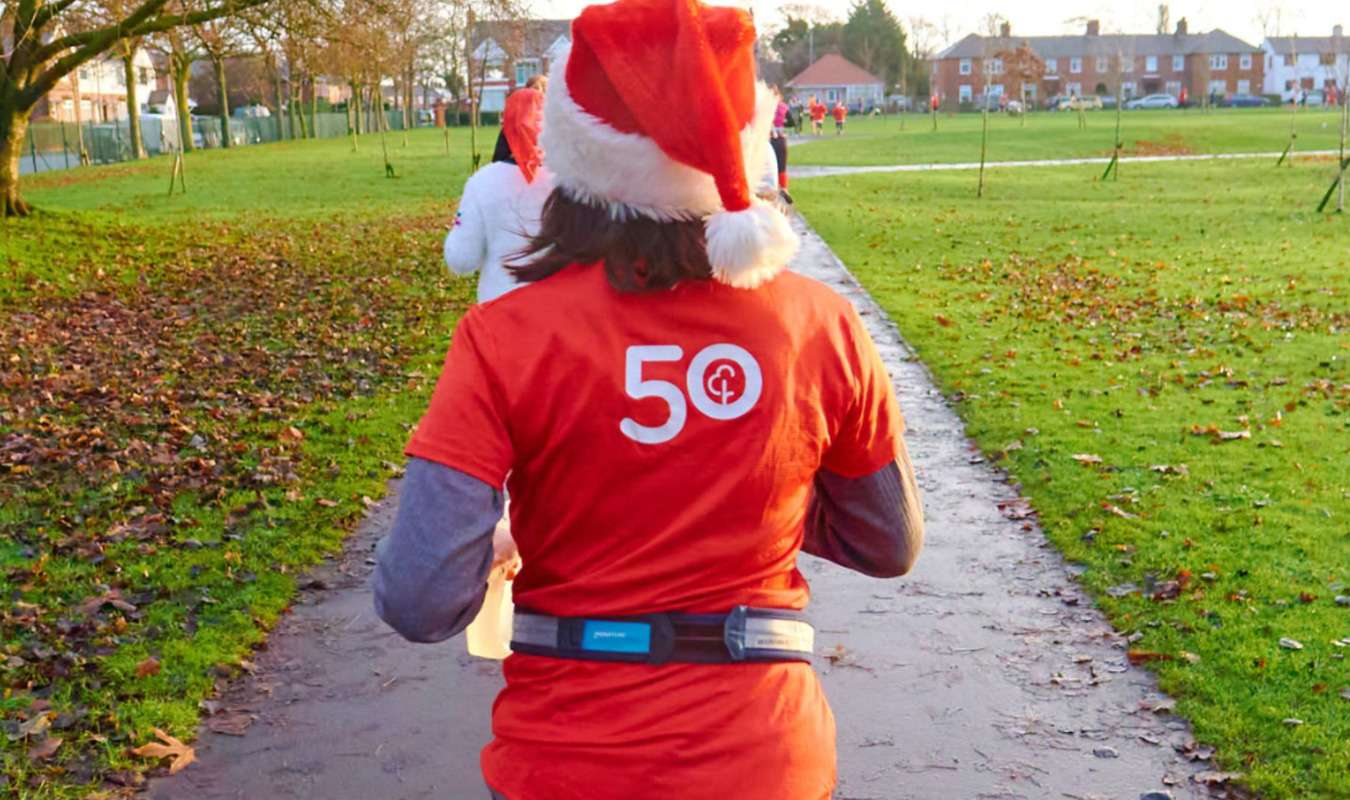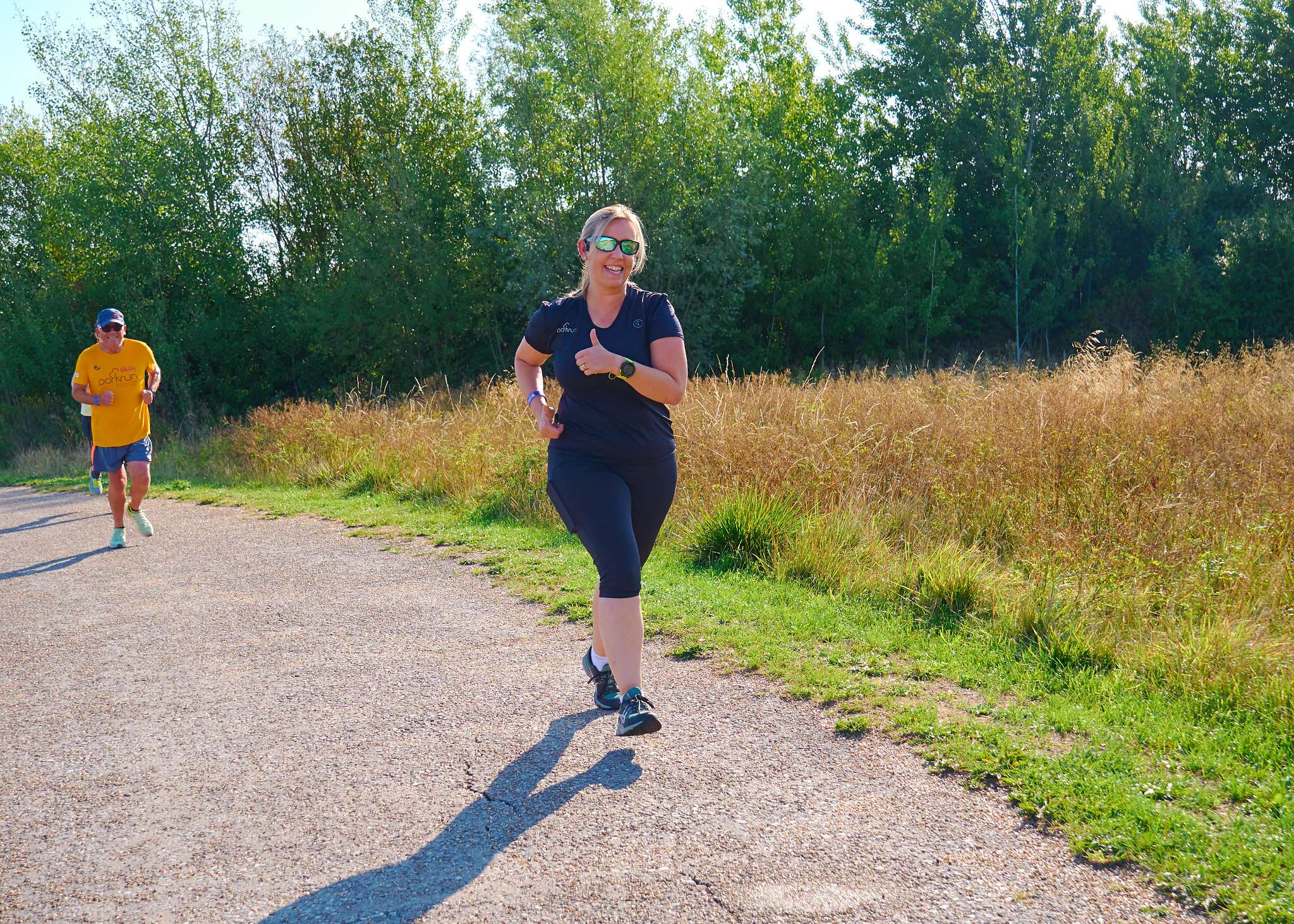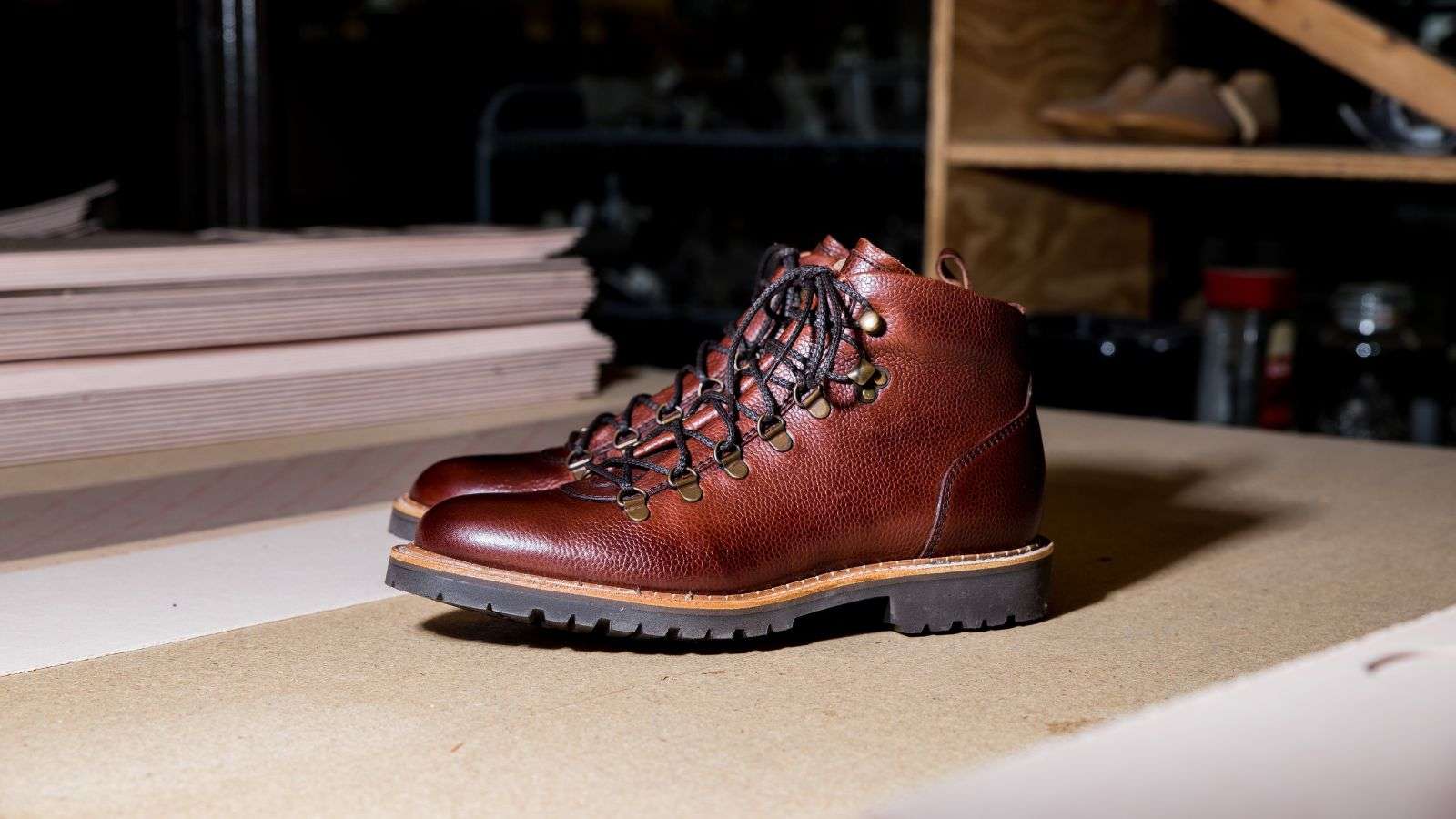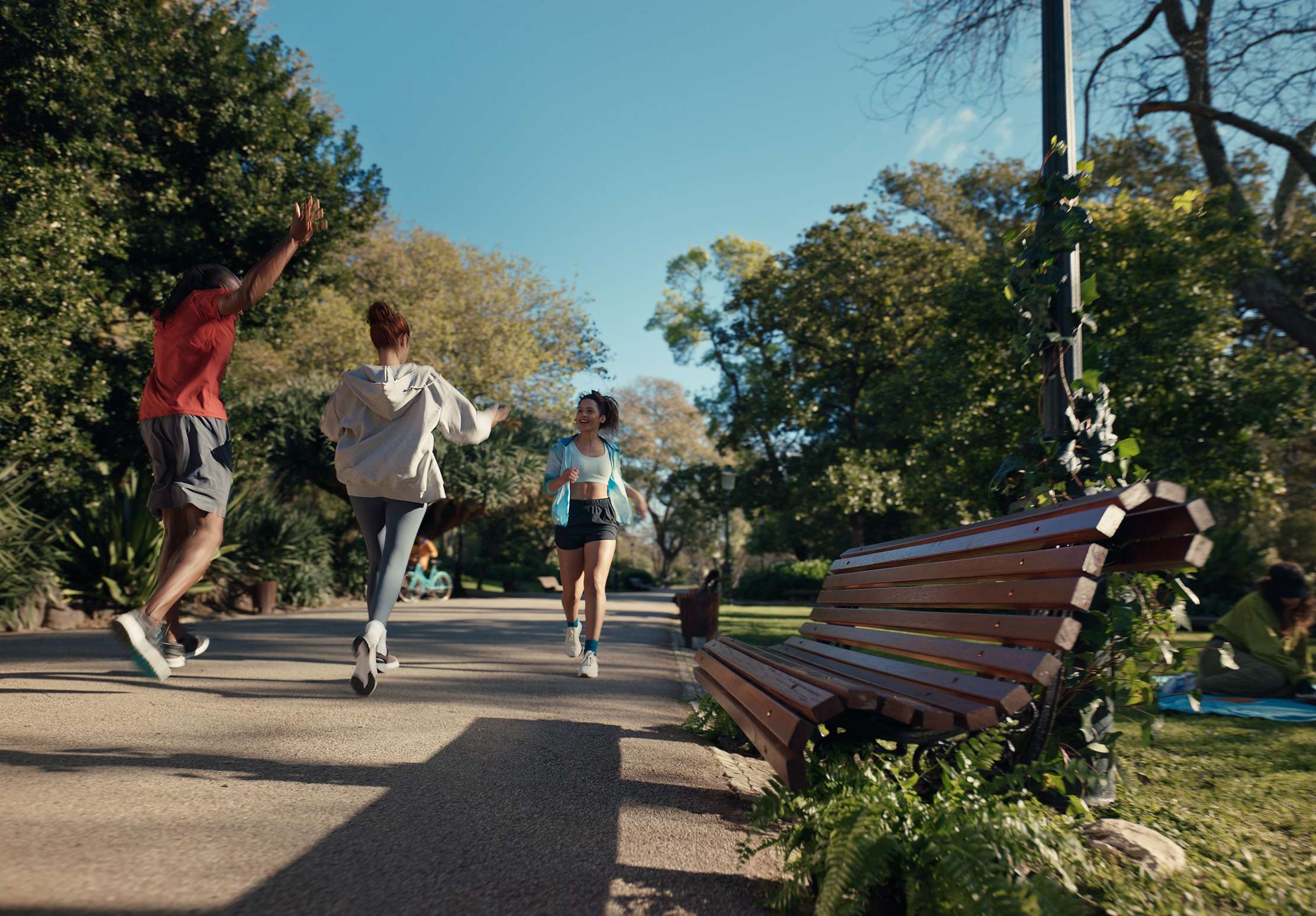Blister Causes & Prevention
The most common type of foot blister for most people is the friction blister. They are those pesky pockets of fluid that form on your foot in the upper layers of skin after too much stress and friction with your shoes. They are formed as the top layer of skin tears away from the tissues below, plasma-like fluid leaks from the cells and begins to fill the gap, cushioning the tissue from further damage.
Lern how to prevent a blister
Keep it comfortable
The first way you can help prevent them is by wearing comfortable, well-fitting shoes.
Be prepared
If you're anticipating a long day on your feet or breaking in new shoes, have an anti-blister stick handy.
Take Action
As soon as you feel a blister forming, immediately apply the stick to prevent further friction and irritation.

In a world where speed often takes the spotlight in fitness discussions, a quieter, more deliberate approach to running is gaining traction – the art of slow running.

Christmas is a time for celebration, gathering with those you love, and, yes, perhaps even over-indulging in festive treats, tremendous feasts and the occasional glass of sherry. It’s a time of year when it’s easy to overeat, overdrink and sink into your favourite spot on the sofa, bathed in the warm, snooze-inducing glow of the television.

Every step you take – whether walking, running or playing your favourite sport – takes its toll on the delicate architecture of your feet; they are your point of contact with the world, and the first line of defence when it comes to maintaining balance and protecting your joints during daily activity. So your feet take care of you – but are you doing enough to take care of them?

Your shoes provide your feet with invaluable protection, support and comfort – assuming they fit correctly and you are wearing appropriate footwear for the occasion. Unsuitable or ill-fitting footwear, however, can actually increase your chances of blisters, discomfort and even injury.

Running is a great way to get your heart pumping, boost your mood and stay in shape – but it’s just as important you cool down after your run as it is for you to warm up beforehand.

We’re all well-aware that the aerobic exercise provided by running is a great boon for your physical health, but it’s perhaps less widely known that running has been proven to have tremendous benefits for your mental health as well. It’s always good to get out of the house and into the open air – but the positive effects of running actually go much deeper.

Modern life can often feel very sedentary; we spend a lot of time sitting looking at screens, sitting on public transport, or maybe even sitting in cars during journeys that – if we’re totally honest – may not actually have required a car.

Have you ever had that sudden sting of a blister forming after a long walk in new shoes or noticed a rough, hardened patch on your feet after a day of being on your feet? If you’ve experienced either, you know just how frustrating and uncomfortable these skin reactions can be.

When Wendy Searle sets off for Antarctica in December she will have packed with meticulous precision. And with good reason. When you’re skiing for 715 nautical miles in one of the harshest environments on earth – and trying to break a world speed record in the process – you don’t want to be carrying any unnecessary weight.

Boots can be stylish, versatile and, unfortunately, painful. If you’ve bought some new winter boots and are struggling with blisters, pain and general discomfort but you don’t want to give up, you’re in luck! We have some handy tips for how to break in winter boots so you can wear them with comfort and ease.

Although we tend to cover up our feet during the winter months – boot season is quickly approaching, people – that doesn’t mean we should neglect our feet. Plus, when the sun does make a comeback, you’ll want to make sure your feet are ready to be on display again.

Keen to get fit but struggling to maintain motivation? You’re not alone.
FAQ
Got questions? We’ve got you covered!
Blisters develop as a result of repeated friction and rubbing, often from tight or ill fitting shoes
Blisters are fluid filled lesions that develop in response to repeated friction on the skin. Open blisters can be very painful and take up to 7 days to heal (individual experiences may vary (individual experiences may vary.)
Blisters can take several days to heal. Treatments focus on protecting the blister from further friction. Apply a Compeed plaster to prevent further blistering and provide instant pain relief.
If you're wearing shoes that make you more prone to blisters protect your feet from rubbing and friction with Compeed Blister Plasters. You can also prevent blisters by wearing two pairs of thin socks when exercising. Be sure to read our full blister prevention advice.
